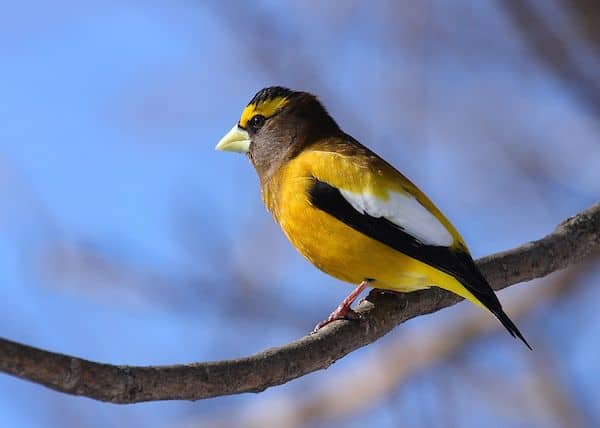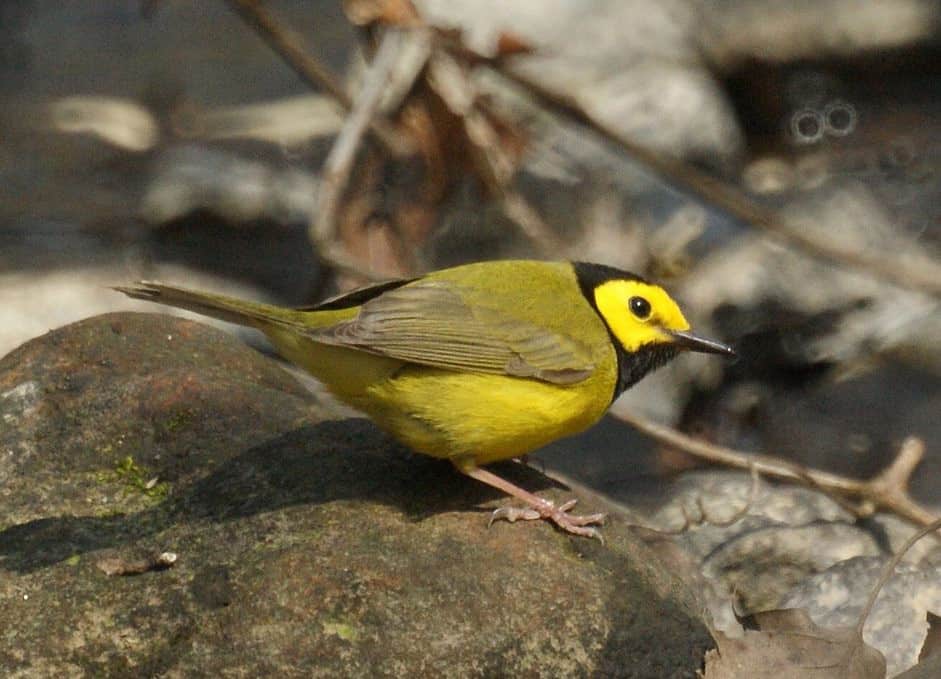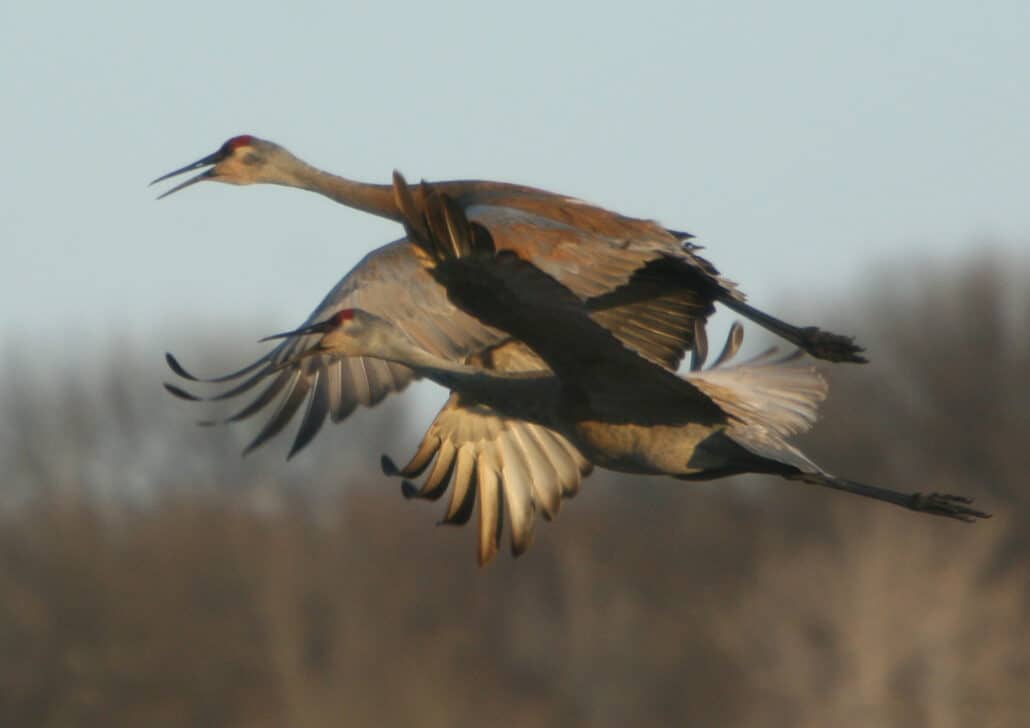Summer Birds of Minnesota (June, July, August)
The definition of a summer in Minnesota could be: too hot, too wet, too dry, too cold, too buggy, too short.
“There ain’t no cure for the summertime blues.” This line from the song “Summertime Blues” written by Minnesota native Eddie Cochran proved two things. The use of the word “ain’t” showed that Mr. Cochran was not an English major. This song lets us all know that Eddie was not a bird watcher.
There is a cure for the summertime blues. It’s called bird watching.
Summer can bring comfortable temperatures, but they are sometimes accompanied by high humidity. Summer can bring severe weather and thunderstorms, especially during July and August. June is usually milder, but can be cloudy and rainy. Summer in Minnesota (June through August) is also the mosquito, fly, and tick season. Don’t let a Minnesota summer bug you. Repellents and appropriate clothing are necessary to ensure that insect pests do not compromise your bird watching enjoyment. There is no truth to the rumor that some of the mosquitoes in Minnesota are so big that they have twin engines. No one has ever seen one with more than a single engine.
Before venturing into the field in search of feathered wonders, don your repellent, and tuck your pants legs into your socks to combat a tick attack while you are walking. After your birding is done, check your clothing and body carefully for ticks. The pants-tucking technique forces a hungry, skin-seeking tick to climb all the way up your clothing, giving you and your birding companions more time to notice and remove them before they can attach themselves.
As the weather in Minnesota is so changeable, it’s always a good idea to have a sweater, long pants, a windbreaker, and rainwear available. It’s also smart to have sunscreen and a hat to shield your skin from the sun’s welcomed but potentially harmful rays.
Summer is the time when resident birds that nest in Minnesota can be observed. These include, among others, ruffed grouse, gray jay, evening grosbeak, black-backed woodpecker, boreal chickadee, three-toed woodpecker, northern saw-whet owl, spruce grouse, great gray owl, and northern goshawk.
Look for the Minnesota state bird, the common loon, a common summer resident on lakes in northern and north central Minnesota. Search the lakes along the Gunflint Trail, Lake Mille Lacs, Boundary Waters, Lake Vermilion and Leech Lake for this impressive waterbird species.
Summer also is the time of the year when peeping baby birds seem to be everywhere. Watch your backyard feeders and birdbath for noisy fledglings following around after a harried parent, begging for food and attention. To some of us human parents this is an all-too-familiar scenario and we can really relate to it.
Breeding bird surveys, another worthwhile summer activity, are run each summer by many volunteers in Minnesota. Each group of BBS volunteers makes 50 stops along and established a route counting all of the birds that are seen or heard. This data is compiled by the federal government and is used to measure bird populations and breeding success rates. It is another excellent example of the good work done by citizen science.
You owe it to yourself to take a good look at a summer sky on a clear night in Minnesota. When you see all the stars shining in the heavens, please realize that they are shining for anyone who finds joy in nature.
Minnesota Summer Birding Calendar: June
Thunderstorms happen.
This is a month that the morning chorus of bird songs really takes off.
It’s a good idea to get up before dawn just to keep from missing some of the lovely song of the birds.
It’s a good month to practice identifying birds by their songs. Learn to tell various species of flycatchers, vireos and sparrows apart while enjoying their lovely song stylings.
Dickcissels return. Many nesting birds are on territory and courting.
Wetlands offer a glimpse of many species of birds.
Young trumpeter swans (cygnets) hatch this month. Young mourning doves, house wrens, tree swallows and others are seen.
Wild strawberries ripen and chicory, mullein, blue vervain and ox-eye daisy bloom.
Snapping turtles are laying eggs.
Mosquitoes are biting.
The skeeters keep life from being too good for our own good.
Minnesota Summer Birding Calendar: July
This is the warmest and sunniest month of the year. Severe weather is a possibility.
The Dog Days of summer occur at this time. These are the sultriest days of the year. They are called Dog Days because Sirius, the dog star, draws closer to the earth. If you don’t like heat, you are in Sirius trouble.
July is a great time to visit a northern lake and listen to the haunting call of the common loon and watch the accomplished fishing technique of the osprey.
Young birds (including loons and western grebes) can be observed and enjoyed.
Young American white pelicans can be found on some of the state’s remote islands.
It’s not fair, but the fall migration begins. Some shorebirds begin migration south to their wintering grounds in Central and South America.
Raspberries and blueberries ripen.
Baby toads may be seen on lawns.
The first cicada is heard singing.
Cinquefoil, blazing star, coneflower, goldenrod, Queen Anne’s lace, wild cucumber and evening primrose bloom.
Mosquitoes are joined by deer flies in a constant effort to annoy humans. This fact is made bearable only because the tomatoes begin to ripen.
Minnesota Summer Birding Calendar: August
August is another warm month.
More shorebirds, terns and some raptors begin southward movement.
The earliest shorebird travelers include lesser yellowlegs, short-billed dowitchers, least sandpipers, solitary sandpipers and pectoral sandpipers.
A good look at a sod farm could result in sightings of buff-breasted sandpipers, black-bellied plovers, American golden-plovers, Baird’s sandpipers or pectoral sandpipers.
Red-necked phalaropes show up at sewage ponds.
Mudflats attract semipalmated plovers, stilt sandpipers, greater and lesser yellowlegs, Baird’s sandpipers, solitary sandpipers and dowitchers.
Shorebird numbers fluctuate according to water levels as many of the birds depend upon exposed mudflats for feeding.
Sandhill cranes and their young (called colts) come out of their nesting marshes and feed in grasslands and hayfields.
Swallowtail butterflies can be seen, maple seeds helicopter to the ground, highbush cranberries are a bright red, asters bloom and monarch butterflies begin their migration.
Common nighthawks begin to migrate and barn swallows begin to gather on utility wires.




